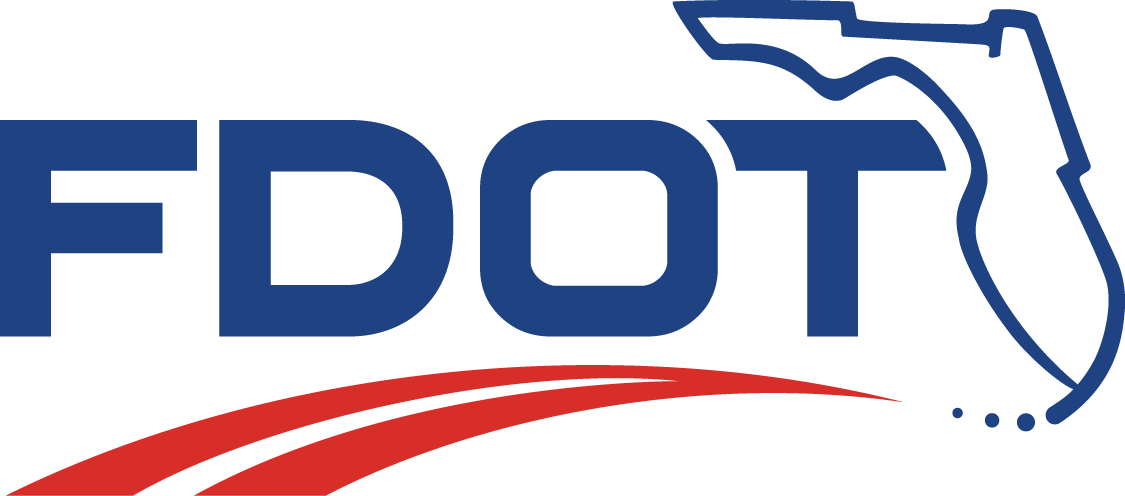Opening Closure Program - Opening Application
Please fill out the web version of form 725-090-66a below and refer to the Resources and Contacts info available on the Opening Closure Program page for more information to learn more about the opening and closing of public railroad-highway grade crossings.

